1. Iannelli A, Martini C, Cosottini M, Castagna M, Bogazzi F, Muscatello L. Rathke’s cleft cysts in children: clinical, diagnostic, and surgical features. Childs Nerv Syst. 2012; 28:297–303. PMID:
22057478.

2. Han SJ, Rolston JD, Jahangiri A, Aghi MK. Rathke’s cleft cysts: review of natural history and surgical outcomes. J Neurooncol. 2014; 117:197–203. PMID:
24146189.

3. El-Mahdy W, Powell M. Transsphenoidal management of 28 symptomatic Rathke’s cleft cysts, with special reference to visual and hormonal recovery. Neurosurgery. 1998; 42:7–17. PMID:
9442498.

4. Raper DM, Besser M. Clinical features, management and recurrence of symptomatic Rathke’s cleft cyst. J Clin Neurosci. 2009; 16:385–389. PMID:
19147363.

5. Aho CJ, Liu C, Zelman V, Couldwell WT, Weiss MH. Surgical outcomes in 118 patients with Rathke cleft cysts. J Neurosurg. 2005; 102:189–193.

6. Benveniste RJ, King WA, Walsh J, Lee JS, Naidich TP, Post KD. Surgery for Rathke cleft cysts: technical considerations and outcomes. J Neurosurg. 2004; 101:577–584. PMID:
15481709.

7. Kim JE, Kim JH, Kim OL, Paek SH, Kim DG, Chi JG, et al. Surgical treatment of symptomatic Rathke cleft cysts: clinical features and results with special attention to recurrence. J Neurosurg. 2004; 100:33–40. PMID:
14743909.

8. Wait SD, Garrett MP, Little AS, Killory BD, White WL. Endocrinopathy, vision, headache, and recurrence after transsphenoidal surgery for Rathke cleft cysts. Neurosurgery. 2010; 67:837–843. PMID:
20657318.

9. Kinoshita Y, Tominaga A, Usui S, Arita K, Sakoguchi T, Sugiyama K, et al. The long-term recurrence of Rathke’s cleft cysts as predicted by histology but not by surgical procedure. J Neurosurg. 2016; 125:1002–1007. PMID:
26771852.

10. Alomari AK, Kelley BJ, Damisah E, Marks A, Hui P, DiLuna M, et al. Craniopharyngioma arising in a Rathke’s cleft cyst: case report. J Neurosurg Pediatr. 2015; 15:250–254. PMID:
25555112.

11. Mendelson ZS, Husain Q, Elmoursi S, Svider PF, Eloy JA, Liu JK. Rathke’s cleft cyst recurrence after transsphenoidal surgery: a meta-analysis of 1151 cases. J Clin Neurosci. 2014; 21:378–385. PMID:
24269553.

12. Fager CA, Carter H. Intrasellar epithelial cysts. J Neurosurg. 1966; 24:77–81. PMID:
5903300.

13. Baskin DS, Wilson CB. Transsphenoidal treatment of non-neoplastic intrasellar cysts. A report of 38 cases. J Neurosurg. 1984; 60:8–13. PMID:
6689730.
14. Kuan EC, Yoo F, Chyu J, Bergsneider M, Wang MB. Treatment outcomes of Rathke’s cleft cysts managed with marsupialization. J Neurol Surg B Skull Base. 2017; 78:112–115. PMID:
28321372.

15. Ogawa Y, Watanabe M, Tominaga T. Spontaneous alteration from Rathke’s cleft cyst to craniopharyngioma--possible involvement of transformation between these pathologies. Endocr Pathol. 2014; 25:422–426. PMID:
25154633.

16. Schlaffer SM, Buchfelder M, Stoehr R, Buslei R, Hölsken A. Rathke’s cleft cyst as origin of a pediatric papillary craniopharyngioma. Front Genet. 2018; 9:49. PMID:
29520296.

17. Park YS, Ahn JY, Kim DS, Kim TS, Kim SH. Late development of craniopharyngioma following surgery for Rathke’s cleft cyst. Clin Neuropathol. 2009; 28:177–181. PMID:
19537134.

18. Zada G, Lin N, Ojerholm E, Ramkissoon S, Laws ER. Craniopharyngioma and other cystic epithelial lesions of the sellar region: a review of clinical, imaging, and histopathological relationships. Neurosurg Focus. 2010; 28:E4.

19. Brastianos PK, Taylor-Weiner A, Manley PE, Jones RT, Dias-Santagata D, Thorner AR, et al. Exome sequencing identifies BRAF mutations in papillary craniopharyngiomas. Nat Genet. 2014; 46:161–165. PMID:
24413733.
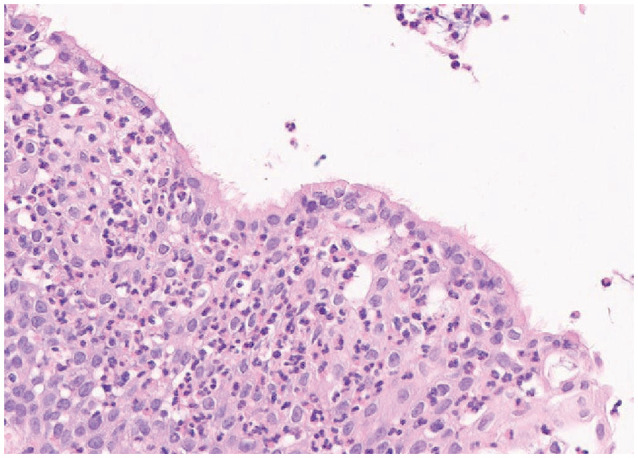




 PDF
PDF Citation
Citation Print
Print



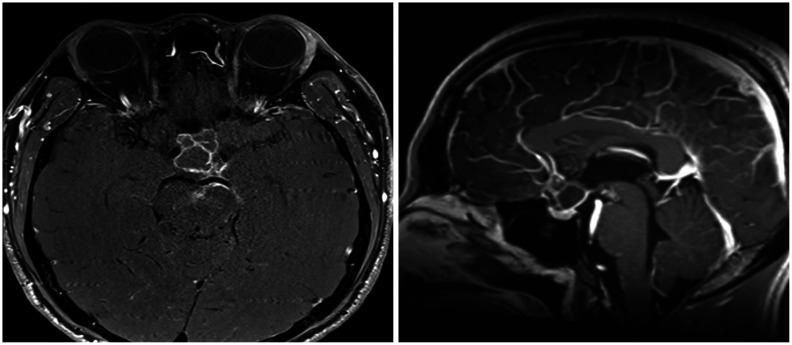
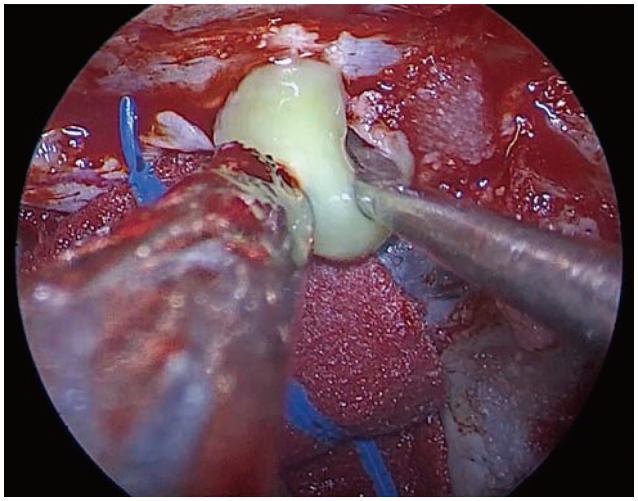
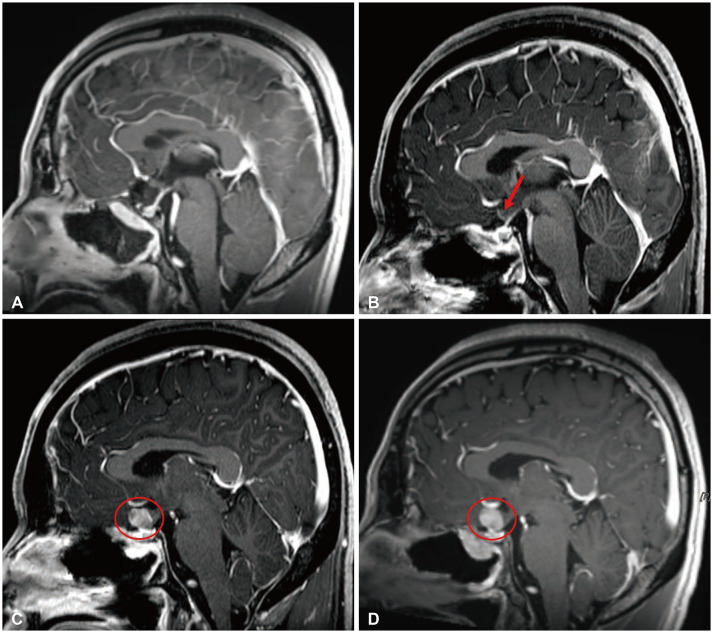
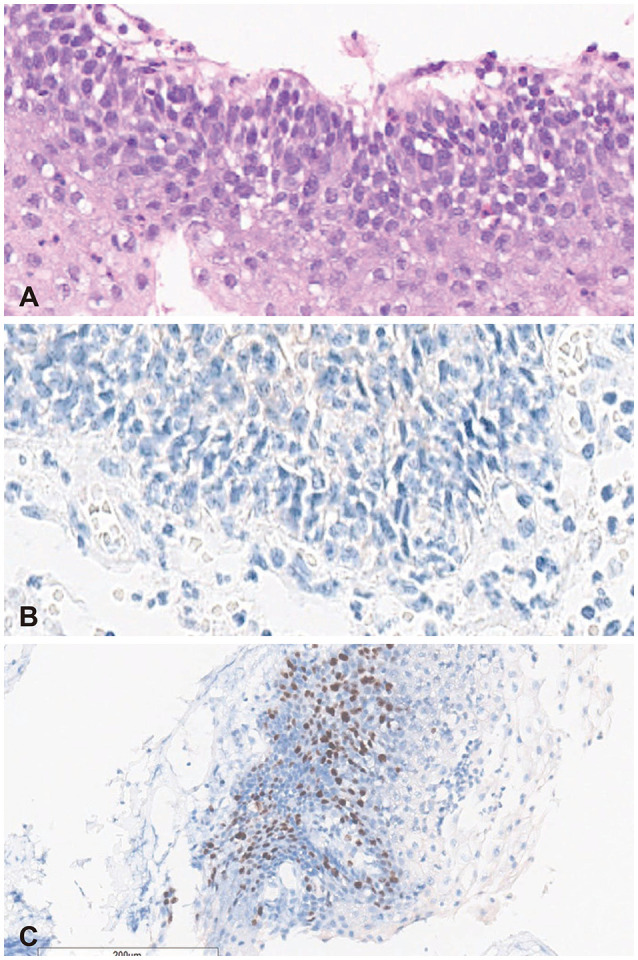
 XML Download
XML Download